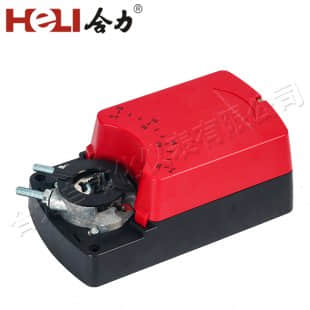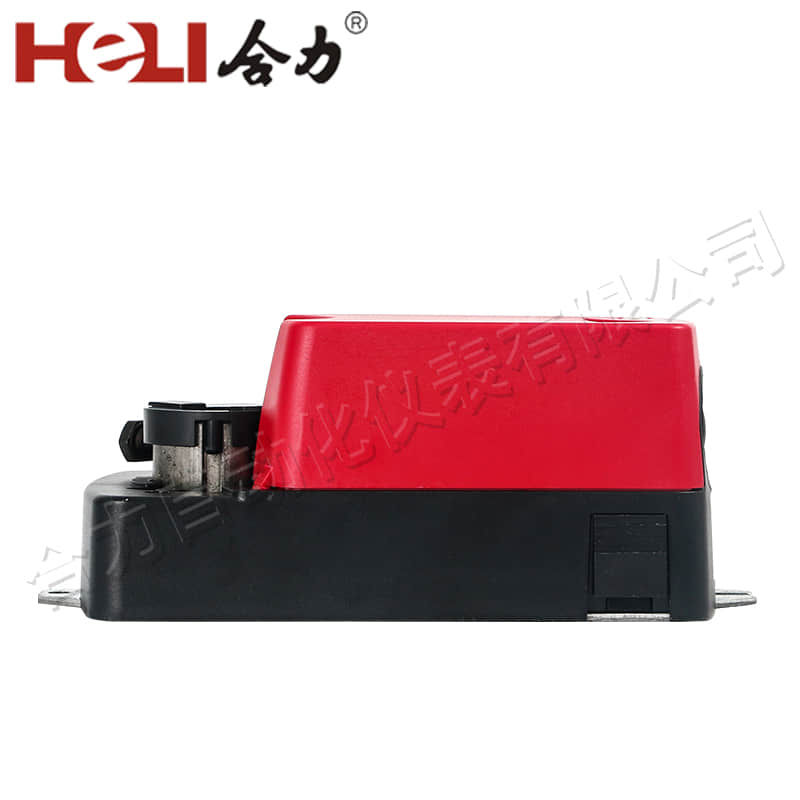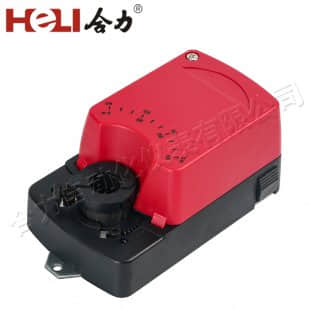understanding damper actuators: key components in modern hvac systems
Release time:2024-09-29 19:59:55
In the realm of modern heating, ventilation, and air conditioning (HVAC) systems, damper actuators play a crucial role in optimizing indoor climate control and energy efficiency. These sophisticated devices are integral to the operation of dampers, which regulate airflow within HVAC systems. In this article, we’ll delve into the functionality, types, and applications of damper actuators, and explore why they are essential for maintaining a comfortable and efficient indoor environment.

What is a Damper Actuator?

A damper actuator is an electromechanical device designed to control the position of a damper, which is a component used to regulate airflow in HVAC systems. Dampers are typically installed in air ducts and can be adjusted to open, close, or partially open to control the flow of air. The actuator’s primary function is to translate control signals from the HVAC system into physical movement, thereby adjusting the damper’s position as needed. Types of Damper Actuators
Damper actuators come in several types, each suited to different applications and operational requirements:




